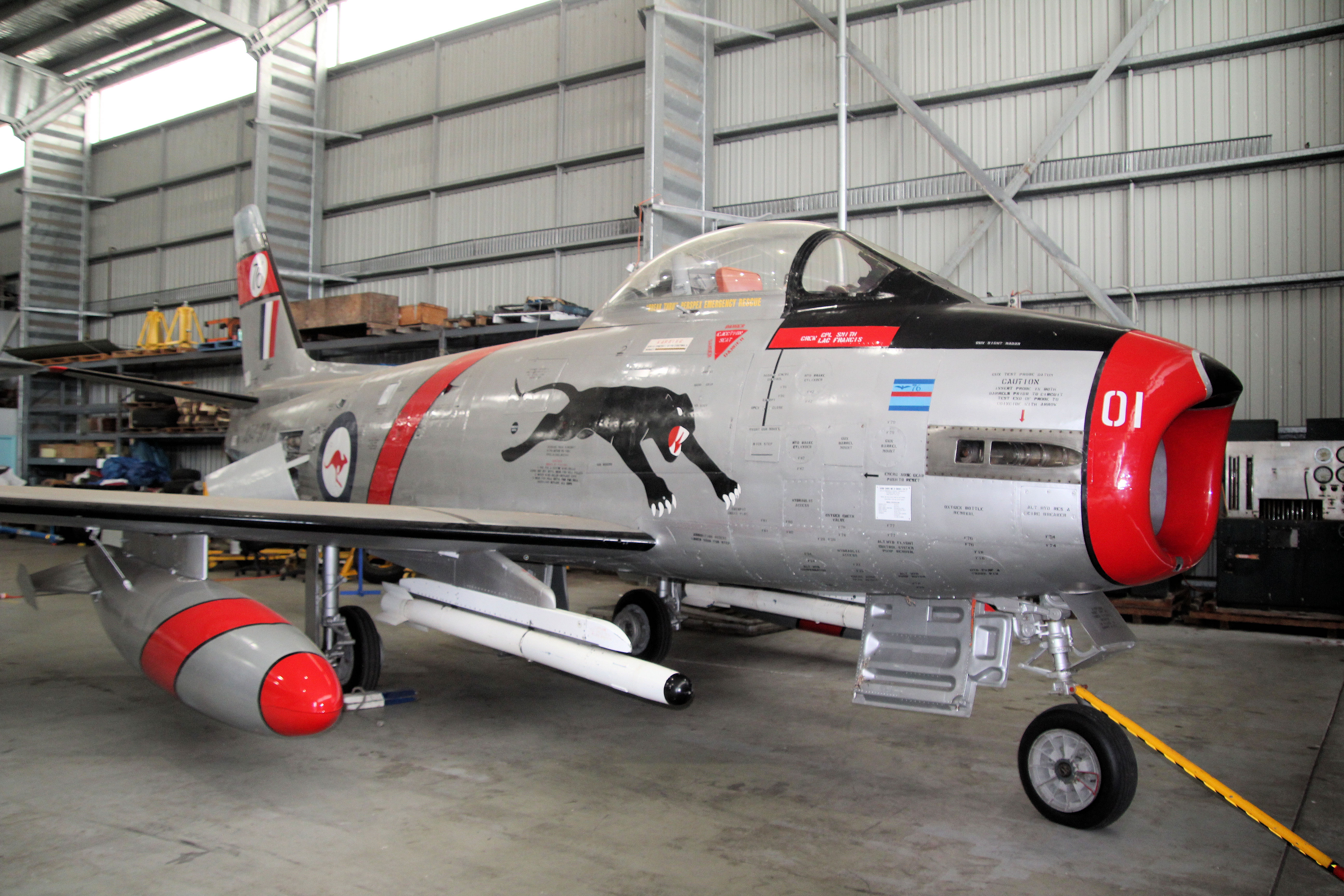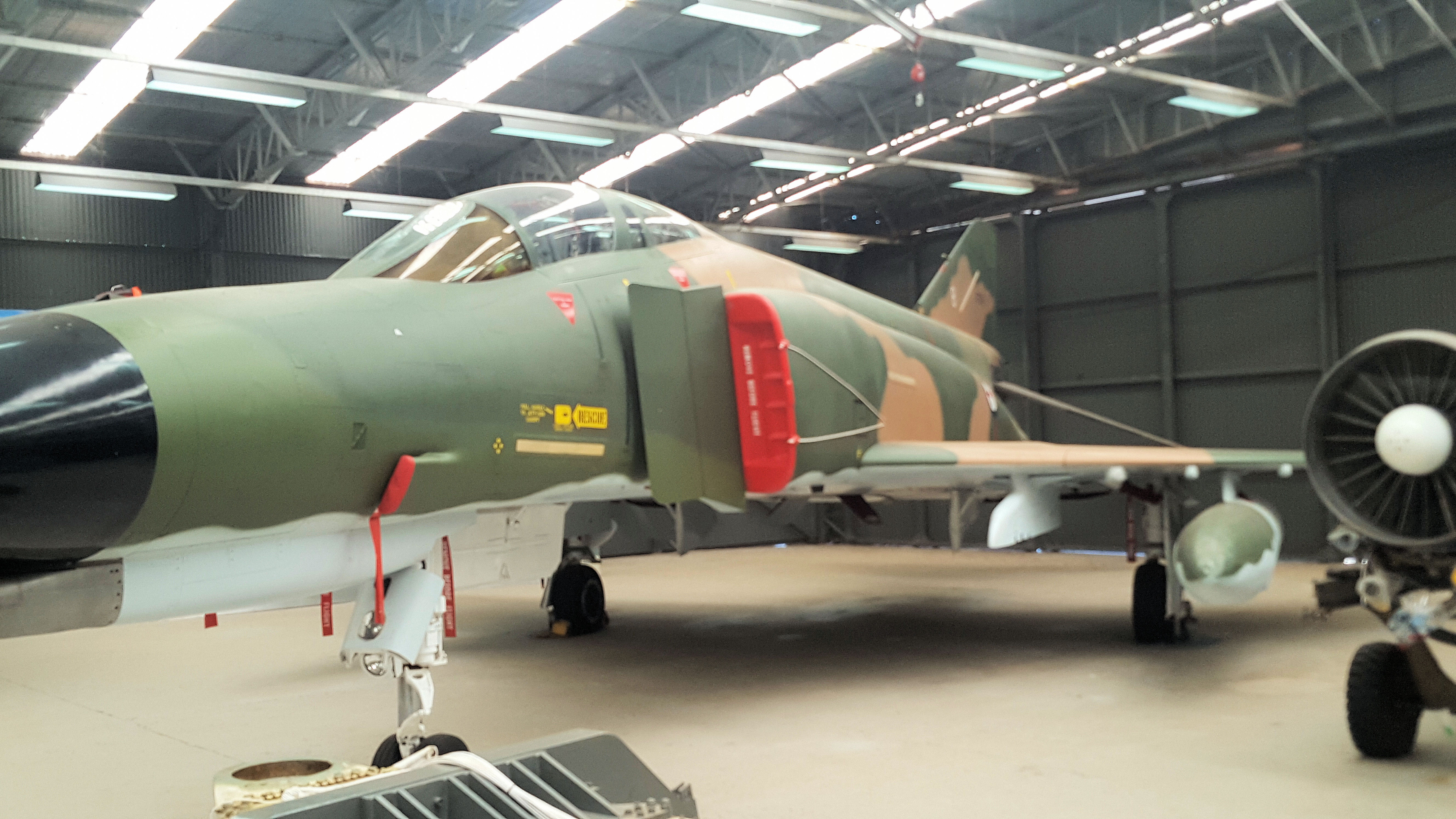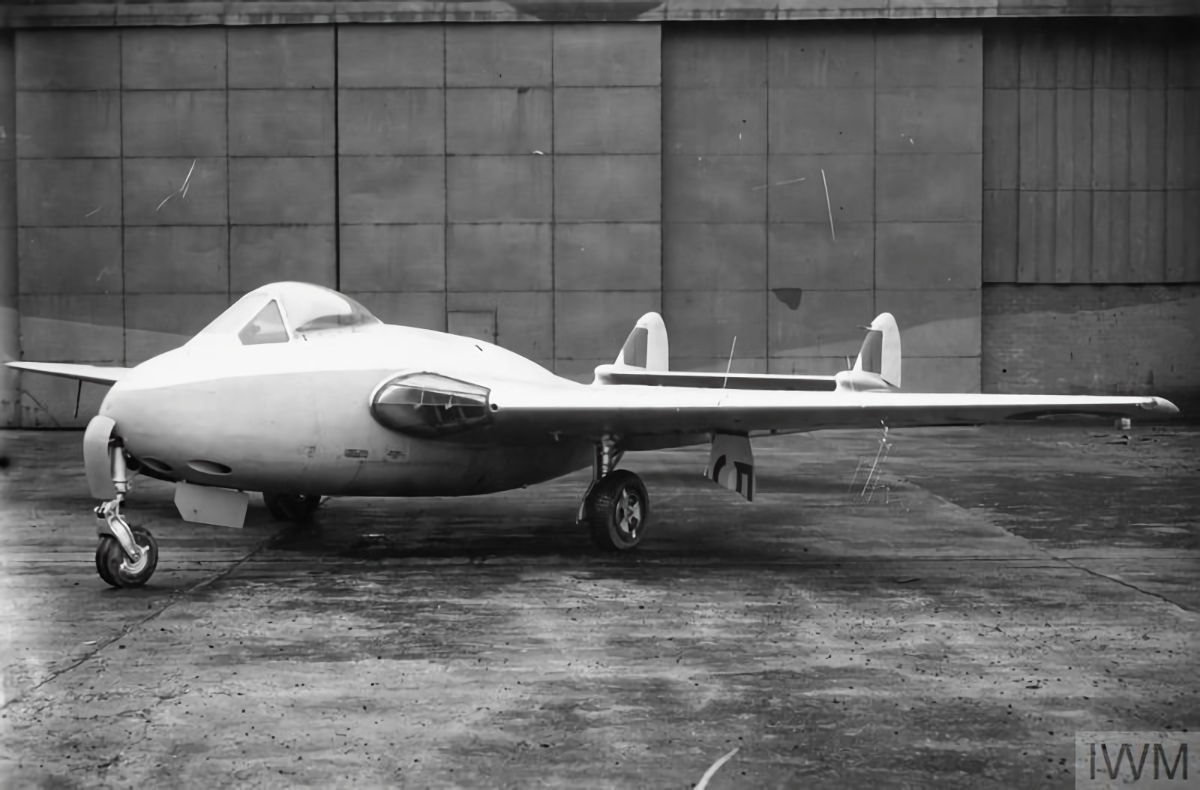Tag: Aircraft
-
CA-27 Sabre

CAC CA-27 Sabre CA-27 Sabre an Australian built version of the North American F-86 Sabre. Operated by the RAAF and later the Indonesian and Malaysian Air Forces. Fighter World Williamtown Wings Over Illawarra 2018 HARS Aviation Museum CAC CA-27 Sabre A94-901 Temora Aviation Museum RAAF Williamtown Airshow 2010 Classic Jets Fighter Museum Parafield Airport The… Read more
-
McDonnell Douglas F-4 Phantom

McDonnell Douglas F-4 Phantom McDonnell Douglas F-4 Phantom an American fighter and multipurpose jet aircraft. Used by the RAAF due to the delay in the arrival of the General Dynamics F-111. RAAF Museum Point Cook Photographs of Phantom scale models can be found here Read more
-
de Havilland Sea Vampire

de Havilland Sea Vampire With the development of jet aircraft, the Royal Navy was keen to evaluate their suitability for operation from aircraft carriers. As a result, the third de Havilland Vampire prototype LZ551/G was modified with 40% extra flaps, long travel oleos and an arrestor hook to become prototype Sea Vampire F.10. This aircraft… Read more